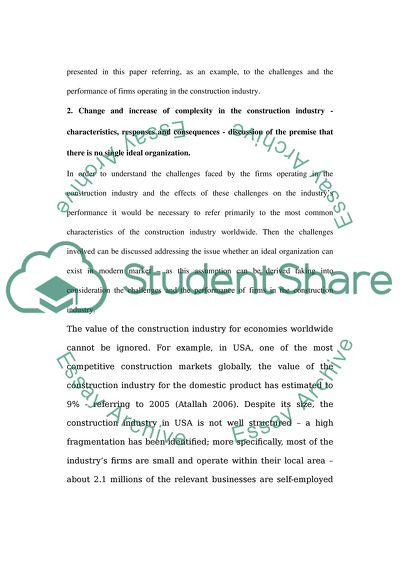Cite this document
(“Construction organisations have adapted themselves to address change Essay”, n.d.)
Retrieved from https://studentshare.org/environmental-studies/1405919-construction-organisations-have-adapted-themselves
Retrieved from https://studentshare.org/environmental-studies/1405919-construction-organisations-have-adapted-themselves
(Construction Organisations Have Adapted Themselves to Address Change Essay)
https://studentshare.org/environmental-studies/1405919-construction-organisations-have-adapted-themselves.
https://studentshare.org/environmental-studies/1405919-construction-organisations-have-adapted-themselves.
“Construction Organisations Have Adapted Themselves to Address Change Essay”, n.d. https://studentshare.org/environmental-studies/1405919-construction-organisations-have-adapted-themselves.


